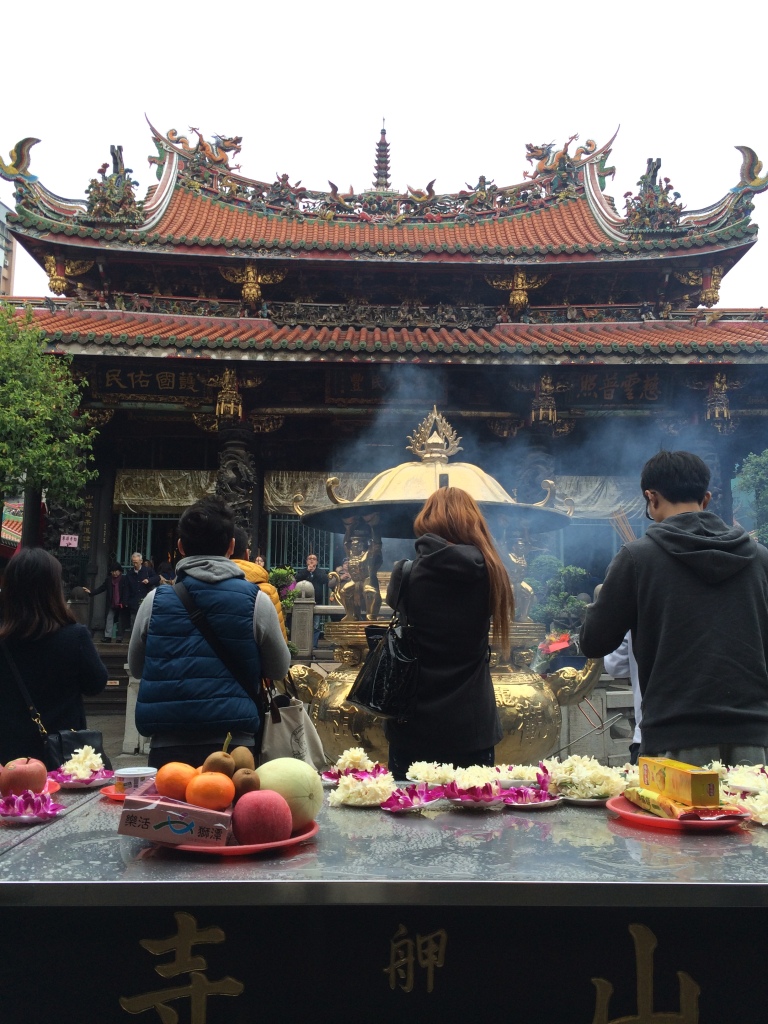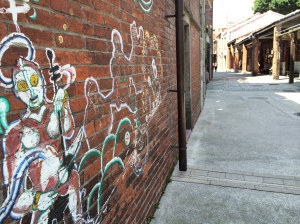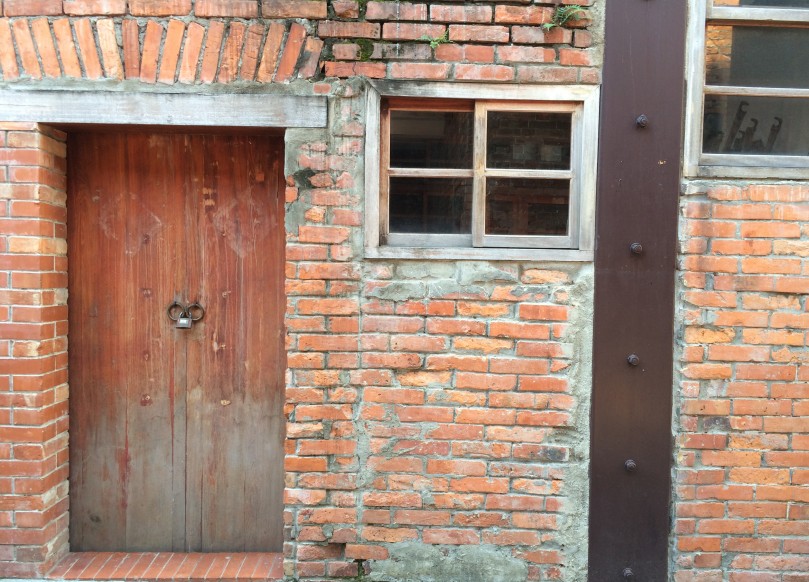I bent my head back to get a view of TAIPEI 101, and I was surprised to find myself thinking that the 509-meter giant didn’t look that impressive to the 160-centimeter me. It’s Guinness-World-Record-breaking elevator didn’t do anything for it either. Sure, it zoomed us past 88 floors in just a little over 30 seconds, but it was an anticlimactic way to make me feel that I’m going up the tallest building in Taiwan.
But then the elevator doors opened and I stepped into the 89th floor, a glass indoor observatory offering a 360° view of Taipei City. What with empty space beyond the glass panels, thousands of tall buildings almost invisible in the darkness, and millions of lights twinkling under my feet, it was as if we traded places with the stars.
But the soft carpet beneath my feet, the flashes of cameras, and the continuous drone on the P.A. kind of killed the magic for me. So I decided to go a little higher.
The outdoor observatory on the 91st floor is much smaller than the indoor observatory and it doesn’t have glass panels to provide insulation. Instead, the wind whips against your hair and whistles a strong tune as if it was trying to call a storm. I felt exposed and really lucky for getting a view of Taipei without obstruction and at 390 meters above ground.
After I shouted at the top of my lungs (in my head), I went to the 88th floor to see the “Super Big Wind Damper”. It’s the world’s largest (5.5 meters in diameter) and heaviest (660 metric tons) damper, and it also keeps TAIPEI 101 secure and safe. However, it was quite difficult for me to appreciate a gigantic metal ball surrounded by mascots that reminded me of the Power Rangers.
The next day when I gave TAIPEI 101 a once-over, I decided that the ground level was probably not the best place to appreciate it. Unfortunately, I didn’t have enough time to go to a place where I could observe it from afar. But I’m saving that for next time because if there’s one thing I’ve learned from it’s observatories, it’s that Taipei has a lot of lights and two days is not quite enough to see all its stars.
TAIPEI 101 SOUVENIR SHOP
The souvenir shop on the 89th floor lets you send a postcard from there and has a lot of Taipei 101 goods. But if you’re looking for food to bring back with you, I recommend buying from the first floor as you’ll have more choices there.
OPENING
9:00 – 22:00 (last entry at 21:15)
“The 91F is only open to public visits on certain days. Please refer to public notices on site for information.”
TICKETS
Adult – 500 NTD
Group – 450 NTD
Concession – 450 NTD
Fast Pass – 1000 NTD
Free admission for children under the height of 115 cm. Children must be accompanied by 1 adult.
ACCESS TO TAIPEI 101 VIA MRT:
Take the metro to Taipei 101/World trade Center Station, Bannan Line 5 (Blue Line).
Take Exit 4 and keep going left until you get to the entrance of the building.















